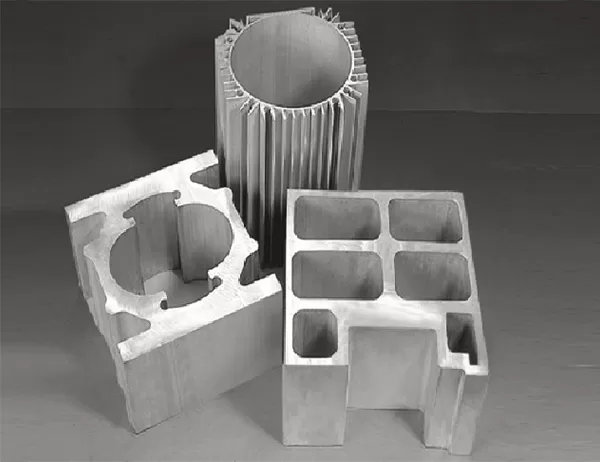A Comprehensive Guide to Navigating the Intricacies of Hydraulic Decoiler Machinery
Harnessing the immense power of hydraulics, decoiler machines play a pivotal role in modern industries, orchestrating the precise unwinding of coiled materials. To unlock the full potential of this mechanical masterpiece, a comprehensive understanding of its operation is paramount. This step-by-step guide will unveil the intricacies of a hydraulic decoiler, empowering you to master this formidable piece of equipment.
Step 1: Embarking on the Setup
Position the decoiler machine strategically, ensuring ample space for the unwound material.
Secure the coiled material onto the mandrel, utilizing the designated mounting points.
Connect the hydraulic lines as per the manufacturer’s instructions, establishing a vital lifeline between the machine and its power source.
Step 2: Initiating the Unwinding Process
Adjust the tension control, tailoring it to the specific material properties and desired unwinding speed.
Engage the hydraulic drive, summoning the relentless force of pressurized fluid to initiate the unwinding process.
Monitor the material’s movement, ensuring it unravels effortlessly and without tangling.
Step 3: Maintaining the Material’s Course
Navigate the material’s path, utilizing guide rollers to keep it moving in the desired direction.
Fine-tune the tension settings as needed, balancing the unwinding force with the material’s resistance.
Inspect the material regularly for any potential damage or defects that may hinder the process.
Step 4: Managing Coil Transitions
As the current coil nears its end, prepare for the transition to a new one.
Unwind the remaining material from the existing coil, leaving sufficient length for splicing.
Overlap the ends of the new and old coils, securing them with a sturdy splice to ensure a seamless continuation of the unwinding process.
Step 5: Precision Control and Monitoring
Utilize the machine’s tension controls to maintain consistent tension throughout the unwinding process.
Monitor the material’s speed and diameter, ensuring it aligns with the downstream equipment’s requirements.
Regularly inspect the decoiler’s components, ensuring their integrity and optimal performance.
By following these steps, you will ascend to the level of a hydraulic decoiler maestro, capable of harnessing its power to enhance your industrial operations. Remember, mastery is achieved through diligent practice and a profound understanding of the equipment’s capabilities.




